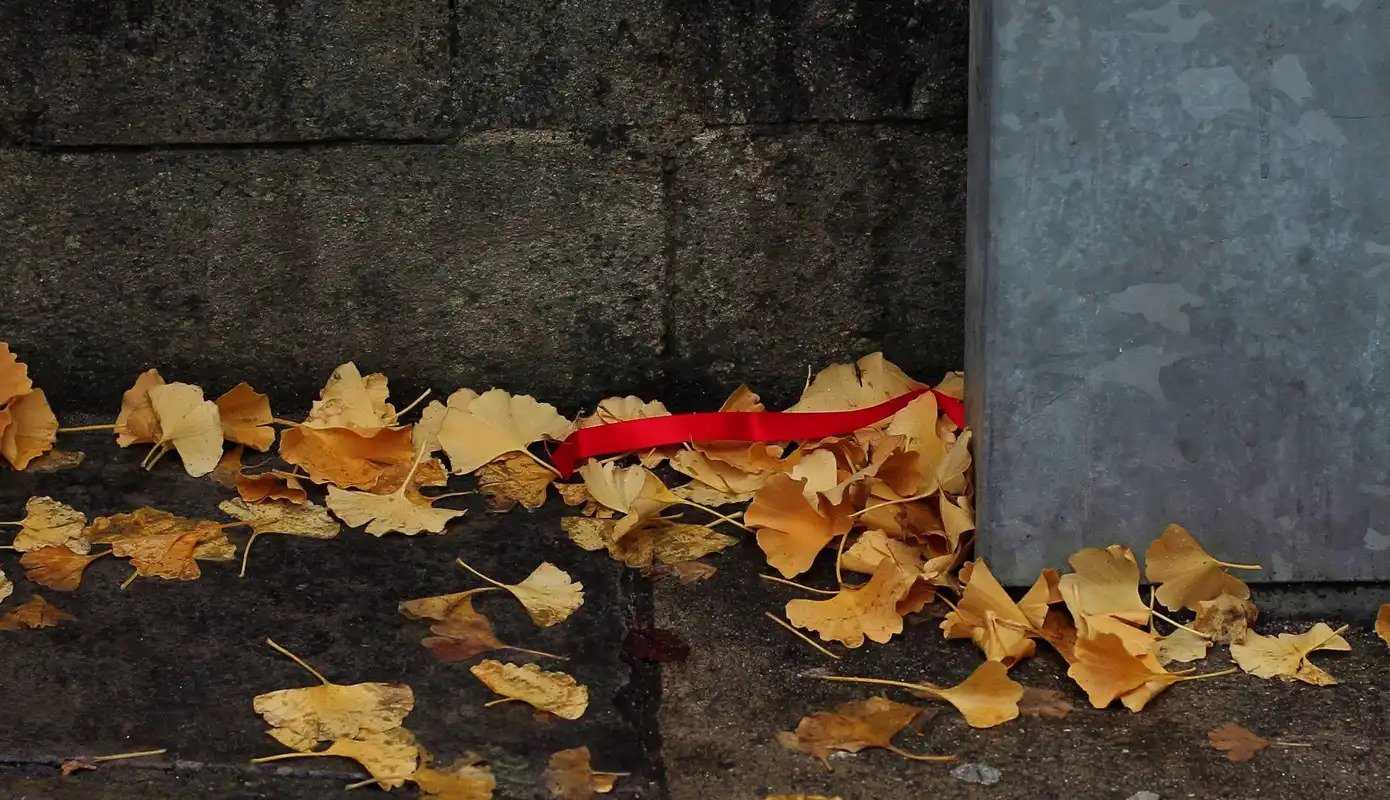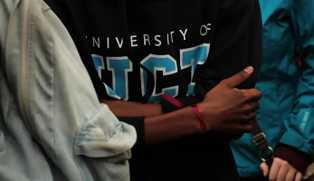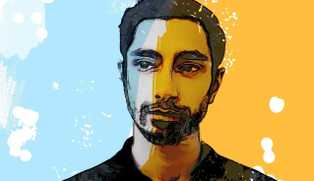Three months before I returned to Oxford University, a white boy in South Carolina wrote a manifesto called “The Last Rhodesian” and killed Cynthia Hurd, Clementa Pinckney, Tywander Sanders, Sharonda Coleman-Singleton, Suzie Jackson, Myra Thompson and Daniel Simmons in a bible study at a historically Black church. No one knew what the Rhodesian flag looked like except for Zimbabwean immigrants like my mother and father who remembered skipping over bombs that had been planted by the Rhodesian army on the way to school. In Charleston, thirty five years after Zimbabwe’s independence in 1980, no one would have been terrified when they saw a boy with an unfamiliar green and white flag sewn on to the front of his black jacket.
As I sat in front of the television watching CNN play Obama’s speech to the Charleston congregation, I wondered how easy it was to buy that flag. “Amaaazing graaace how sweeeet the sound,” Obama sang hesitantly at first, as I went to amazon and searched “Rhodesian flags.” I clicked on a flag and scrolled down until I reached “most helpful reviews.” I wondered if it was confirmation for Dylann Roof when he realized that all it took was a simple click and a casual scroll through to make an order. “Flag is exactly what I wanted. Shipping was fast,” subscriber Rhodie 1 said. “For a flag from a country that does not exist anymore the quality really impressed me. Suitable for flying on regular days,” Tyr said giving it five stars. “Was blind but now I seeee,” Obama sang as the organ and the choir helped him finish, and in that moment he was the wrong person singing a song written by a former slave ship captain. In that moment we needed a White president to sing Amazing Grace to a Black congregation, to say that countries don’t just stop existing, to say that we are all stumbling our way through the world seeing people as just Blacks and not realizing that we have no idea what we are looking at.
***
For many of us history is not on the surface where we can find it. It’s easy to name a country something else and bury the evidence. My mother unburied the evidence once in her new small Magistrate office in Chinoyi, where there was a hole with photographs of Black heads cracked open like coconuts. She didn’t know why they hadn’t burned the evidence; she didn’t want to think that they had left it there for her even if that was true. She only said, “Those Rhodesians, they wanted you to see what was inside a Black man’s head.” I have never seen these photographs my mother talked about, I have never asked what the inside of a Black man’s head looks like. I have only wondered what those Rhodesians saw. Maybe they saw a wet spot, a mess, red mixed with pink, or just evidence that at the end of the day it was colors in these heads and nothing else. I knew there was a mind inside my head though I didn’t know what it looked like, and it didn’t matter anyway cause if you could throw a man’s head to the floor what was inside meant nothing to you.
***
The night before I left for Oxford my father finished his dinner faster than usual and sat at the dining table printing out documents and piling them on top of each other. “Don’t do that dangerous activism stuff. The world doesn’t know you like God does,” my father had said as he printed out my boarding pass. “Make sure you have your insurance card,” he added, stapling the receipts for my rent. “The world doesn’t love you like I do, you know.” He concluded as he put everything in a dark blue folder which he gave me with an envelope of money. My father knew that I was no longer a child even if he still had to pay for my tuition, weigh my suitcases, and drive me to the airport.For months my father had watched me talk about the colonial legacy at Oxford every time a visitor asked me if I was excited to start school. He had listened as I talked to my mother about the ways that I couldn’t escape American history as a young black girl at a private school in Long Island even if I had a green Zimbabwean passport. He had heard me talk to my sister after the Charleston shootings and about the strange ways that Zimbabwean history had found its way to America. My father knew that I would not be returning to Oxford to just study and pray, and it made him sad that there was nothing he could say to change that.
***
“We will not let you in without black socks. Ankle boots are not shoes,” the former principle for Regent’s Park College warned us a week before matriculation, a ceremony that officially marked our entrance into Oxford university. The dress code for matriculation was clear: white button down shirt, black tights with black skirt or black pants, white or black bow tie or ribbon, black shoes. In a gesture to show progress, a woman did not need to wear a skirt and blouse, and a man could wear the woman’s attire. The university did not care about gender, they only cared about obedience.
At a Rhodes Must Fall meeting a few days later, it was agreed upon that red ribbons would symbolize solidarity with the movement. Red ribbons were small enough to hide underneath the matriculation subfusc but bright enough to make a statement about the oppressive colonial history that Oxford had never acknowledged. Hundreds of ribbons were cut so that they could to be handed out to the various freshers who wanted to support the movement. We wanted to know how many people like us were out there, who also felt that they could not enter Oxford without questions.
***
“There are no names for red.” Abani called his poem. “And the sky is red, And the moon, And light is this rain, This is all the terror we can bear.” He wrote.
I read it and imagined that it was about Oxford. This glaring colour we had chosen to symbolize the horrors of empire was a red that we did not have the words to describe. Unlike the Charleston church massacre, many of us Zimbabweans cannot even name a person who was killed in Rhodes’ land grabs when he was expanding his empire through Matabeleland. We have never heard the voices of these people, and we have never seen them. But we know what Rhodes’ thought and we have read his writing. I wondered if he knew the names of any Blacks that he had seen? I wondered if he had ever touched a Black hand and been disappointed to know that it was warm and rough like any other. But, then again, if you can kill a man for the color of his skin, the names don’t matter anyway.
***
Two weeks after I arrived at Oxford, on the morning of Matriculation, I tied a red ribbon around my hair and another on my wrist and walked out of my flat holding my umbrella. It did not rain and there was nothing to smudge the red lipstick that I wore in remembrance of Oxford’s colonial past, but there was also nothing about that red lipstick that would seem unusual to the officials of the university. Though I wanted the red ribbon to mean something, I also realized that it was too small of a gesture to ever make the university acknowledge the empire.
“In tara des la ta mama er-anus mus tata” the vice chancellor said in Latin, welcoming the students in a language I only understood as a collection of syllables. The words echoed in a theatre designed with a high painted ceiling that made you feel small but significant. I straightened my back and smiled just a little like the rest of the audience whose eyes never moved away from the chancellor. “Today you are becoming something that you were not before,” the vice chancellor continued. There were no mirrors in the room, no surfaces that could let me see myself. I recalled the former principle saying we all wore black and white in order to remember that despite our different colleges and faculties we were all the same. I looked out into the sea of black and white and saw my reflection. “Do not be deceived by the historical beauty of this city, it is also a modern university,” the chancellor concluded. I wanted to tell him that I was not deceived, and that there was nothing modern about Oxford, and that if he was happy to have me here he should care about what it cost my people to make this university beautiful.
***
“Is that Rhodes?” My friend had asked me as we sat outside the Sheldonian theatre after the matriculation ceremony holding an old cardboard banner that boldly stated “Rhodes Must Fall.” “I can’t tell anymore, they all look the same,” she said chuckling to herself. The statue at Oriel college where Rhodes was once a student was just one of many statues that celebrated racist men at Oxford. And it’s easy to see Rhodes and not recognize him, or to see him and not know how to articulate what it all means, yet I can feel him somehow. There are eleven statues of Rhodes and hundreds more of men who hated Africans, yet Oxford stays beautiful even as something creeps beneath my skin, staying there until I realize that I am not cold and I am not happy.
***
Seeing history is not always an easy thing. I tried to explain this to my mother before I left for Oxford. I told her about Dambudzo Marechera who went to New College in the 70’s and left with no degree and no sanity.
“It’s all about the “systems,” mom. If the systems weren’t fucked up, he wouldn’t be fucked up. They all say he was a mad genius who was also lost, but who wouldn’t be lost when their only escape from Rhodesia was Oxford.”
My mother had not stopped stirring the vegetables as I rambled on about this depressed Black man who no one understood because Black men were not supposed to think like he did. He was supposed to have nothing in his head. He was supposed to finish his degree and be proud of that. My mother had not looked up but I knew that whenever she was worried she tried not to show it. “So how are you gonna survive Oxford?” she asked. Because she knew that people only looked to others if they could not look at themselves. I could only reassure her that I wasn’t smart enough to see things so clearly.
***
On the day of the protest, I wanted to believe that Rhodes was falling. It was written on the posters that were stuck on to the walls of Oriel College next to us, it was all over the signs hanging over people’s heads, and we chanted it over and over again until we said it without thinking.
“I will not sanitize it. I will not sanitize it. I will say it as he said it to my people,” a member of the Rhodes Must Fall movement said into the megaphone while we all sat watching the speech being given to the representatives of Oriel college. I wondered if saying Rhodes’ hateful thoughts out loud to them was enough to bring Rhodes down, even though Oriel college continuously said that they did not condone his actions.
I thought about Bree Newton climbing up the flagpole after Dylann Roof shot those men and women, ripping out the confederate flag as men shouted, “Maam, maam, get off the pole.” When they asked her why she did it she said that she had realized how history was too real when newspapers started sounding like scenes from the movie Selma. But I remembered her also saying, “I did it in solidarity with the South African students who toppled a statue of the white supremacist, colonialist Cecil Rhodes. I did it for all the fierce black women on the front lines of the movement and for all the little black girls who are watching us. I did it because I am free.” Maybe seeing history clearly was crucial, not just to see the ways in which racist legacies had continued, but for people like Bree Newsome to find the strength to tear down flags themselves.
I wondered if I was free when we were not allowed to protest in front of the statue, when we were all gathered in a square hidden away from the high street where no one could see us even if they could hear our chants. I had heard that there were cameras facing the statue, that it was three stories high, and impossible to climb to even for those who had the courage to do so. As the Oriel representatives walked away with the petition, we began to chant again, and I screamed hoping that we could at least be heard even if we could not be seen.




